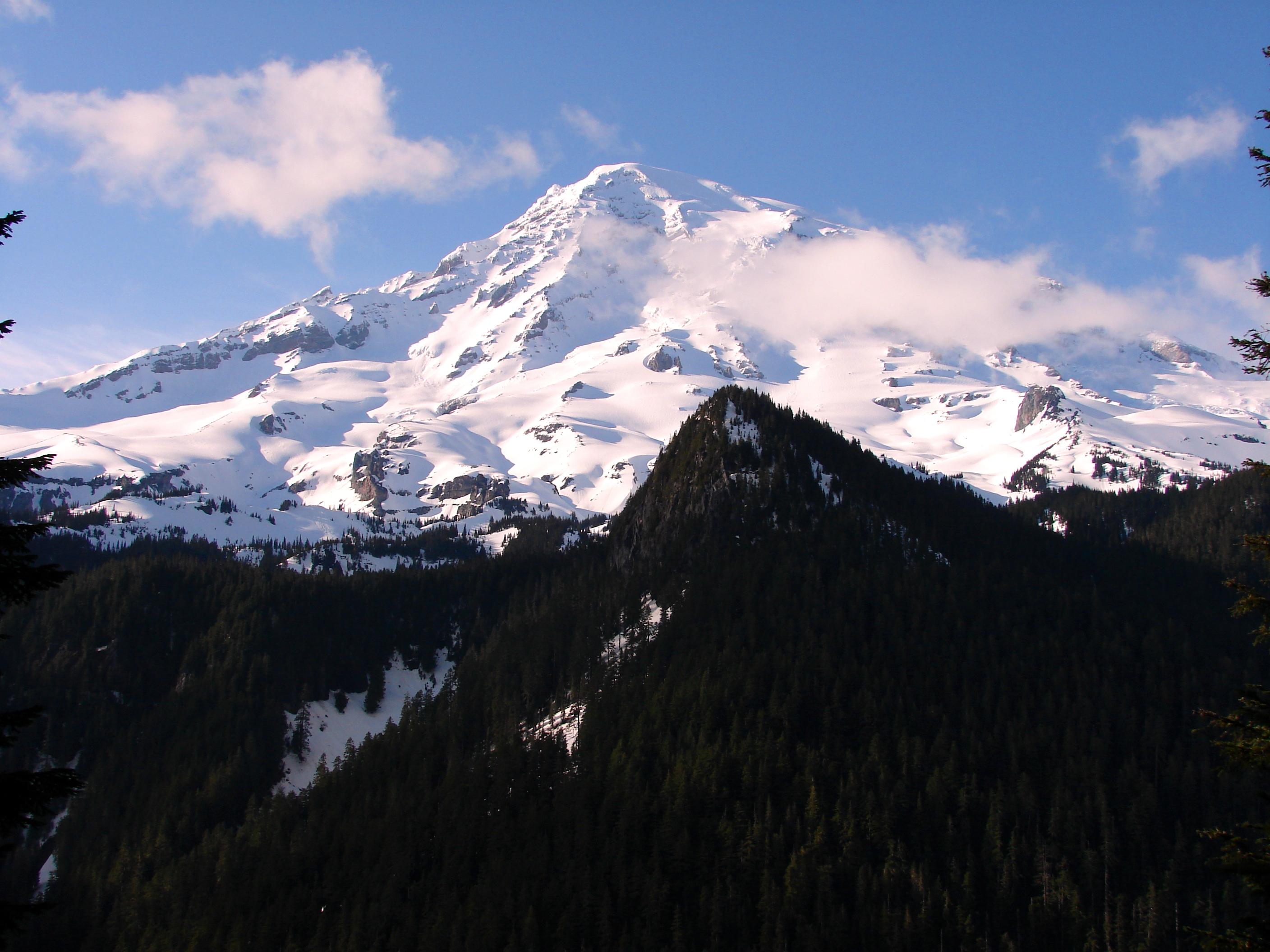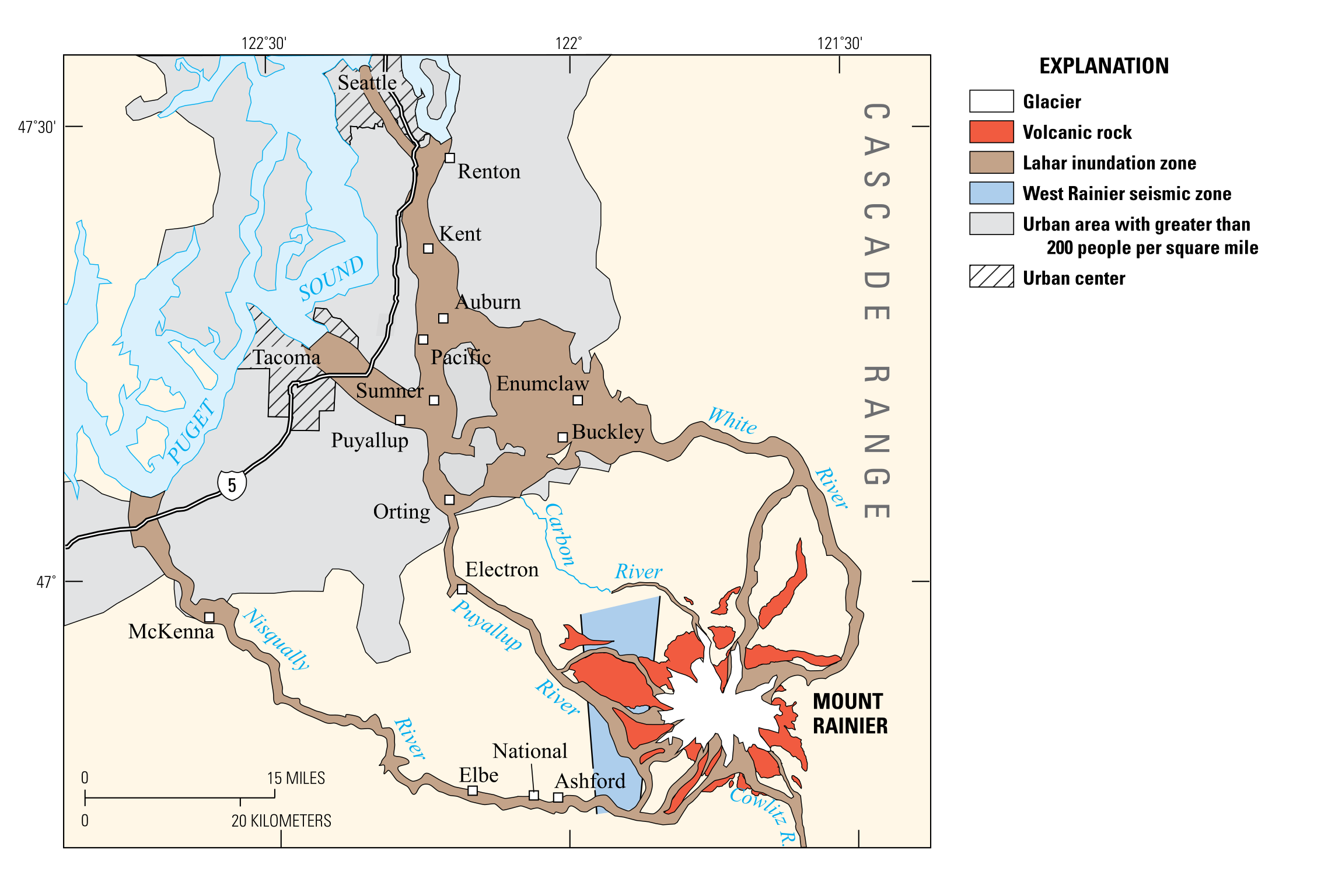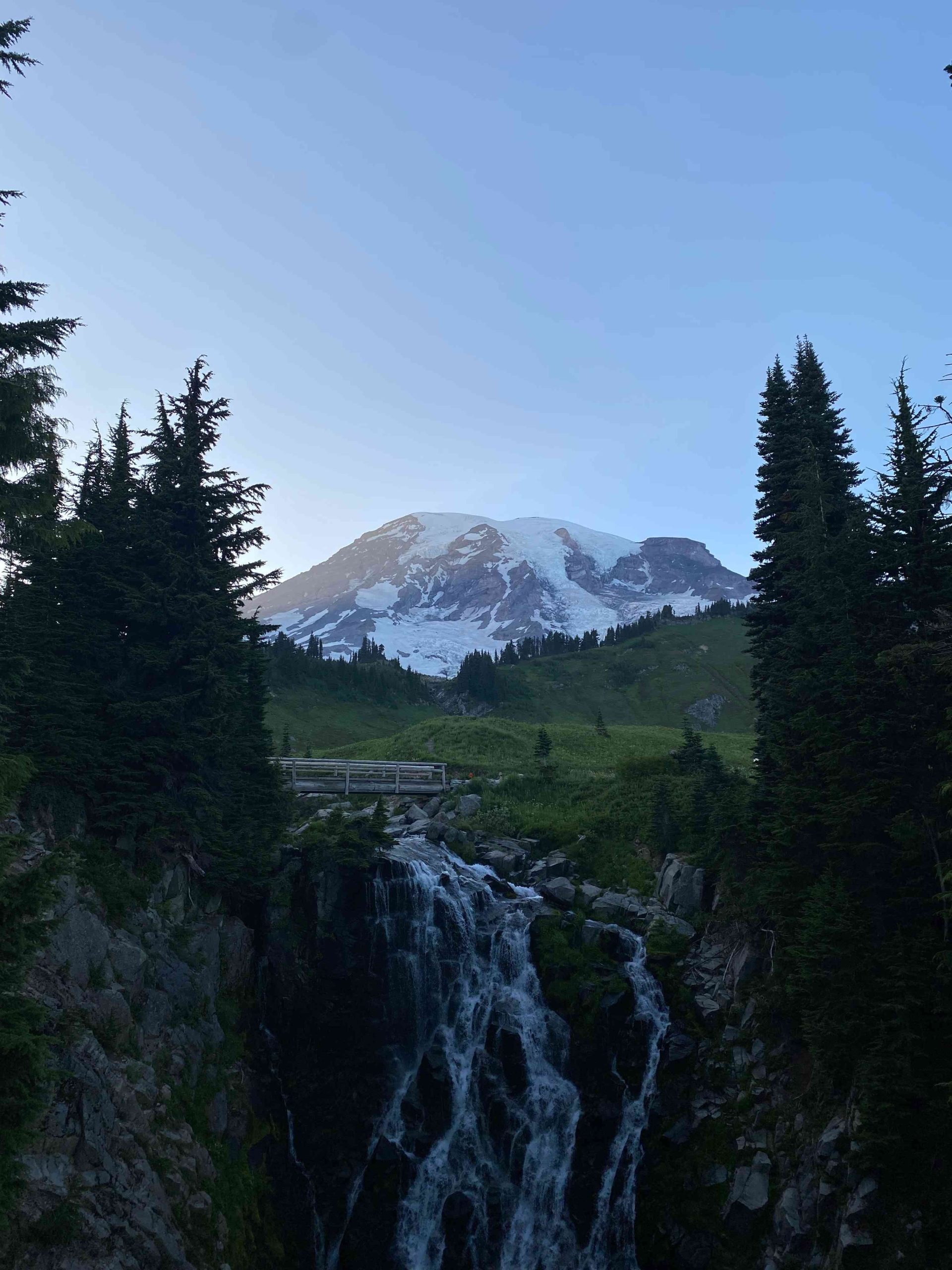Mount Rainier National Park is renowned for its diverse flora, with trillium being one of the most captivating wildflowers. These delicate blooms grace the subalpine and montane forests, offering visitors a spectacular display during late spring and early summer. This guide provides detailed information on trillium locations, identification, and optimal viewing conditions within Mount Rainier National Park, ensuring an enriching experience for nature enthusiasts and photographers alike.
Where Can You Find Trillium in Mount Rainier National Park?

Trillium flowers can be found in various locations throughout Mount Rainier National Park. Here are some prime spots for trillium sightings:
- Paradise Area
- Paradise Valley Trail
- Nisqually Vista Trail
-
GPS Coordinates: 46.7873, -121.7369
-
Sunrise Area
- Sunrise Nature Trail
- Wonderland Trail (near Sunrise)
-
GPS Coordinates: 46.9223, -121.6406
-
Ohanapecosh Area
- Ohanapecosh River Trail
- Grove of the Patriarchs Trail
- GPS Coordinates: 46.7333, -121.5667
These areas offer accessible trails and diverse habitats where trillium thrive alongside other native flora.
When Is the Best Time to See Trillium at Mount Rainier?

The trillium blooming season at Mount Rainier typically occurs from late May to early July, with peak blooming usually in June. The exact timing can vary based on environmental conditions:
- Temperature: Daytime temperatures in the 50s to 60s Fahrenheit (10-20°C)
- Moisture: Adequate spring rainfall and moist soil conditions
- Elevation: Blooming may occur later at higher elevations
To maximize your chances of seeing trillium in full bloom, plan your visit during this period and check with park rangers for current blooming conditions.
How Can You Identify Trillium at Mount Rainier?
Identifying trillium at Mount Rainier requires attention to specific characteristics:
- Leaf Arrangement: Three leaves in a whorl
- Leaf Shape: Ovate to lanceolate
- Flower Color:
- White (Western Trillium – Trillium ovatum)
- May turn pink or purple as they age
- Growth Height: 10 to 20 inches (25-50 cm) tall
For a more detailed identification guide, consider using resources provided by the National Park Service or the Washington Trails Association.
What Are the Specific Habitats for Trillium at Mount Rainier?
Trillium at Mount Rainier thrive in specific habitats:
| Habitat Feature | Description |
|---|---|
| Forest Type | Subalpine and montane forests |
| Soil | Well-drained, humus-rich |
| Moisture | Moist areas, often near streams |
| Elevation | 2,000 to 6,000 feet (600-1,800 meters) |
| Associated Flora | Ferns, salal, huckleberry |
These habitats provide the ideal conditions for trillium growth and blooming.
How Accessible Are Trillium Viewing Areas in Mount Rainier?
Accessibility to trillium viewing areas varies:
- Many trails are suitable for casual hikers
- Some locations may require moderate to strenuous hiking
- Trail difficulty ranges from easy walks to challenging backcountry routes
Always check trail conditions and difficulty levels before setting out. The National Park Service provides up-to-date information on trail accessibility and current conditions.
What Photography Tips Can Enhance Your Trillium Experience at Mount Rainier?
Capturing the beauty of trillium at Mount Rainier requires some photographic skill:
- Use a macro lens for close-up details
- Shoot in early morning or late afternoon for soft light
- Consider using a tripod for stability in low-light forest settings
- Respect the environment – avoid trampling or disturbing the flowers
- Experiment with different angles to showcase the trillium’s unique structure
Remember to follow park guidelines and practice Leave No Trace principles while photographing.
How Does Climate Change Affect Trillium at Mount Rainier?
Climate change poses several challenges to trillium populations at Mount Rainier:
- Shifting bloom times due to temperature changes
- Altered precipitation patterns affecting soil moisture
- Potential habitat loss as vegetation zones move upslope
- Increased competition from invasive species
Researchers at Mount Rainier National Park are monitoring these changes to better understand and protect trillium populations.
What Conservation Efforts Protect Trillium at Mount Rainier?
Mount Rainier National Park implements several conservation strategies to protect trillium:
- Habitat preservation
- Visitor education on responsible viewing practices
- Monitoring of trillium populations and distribution
- Research on climate change impacts
- Invasive species management
Visitors can contribute to these efforts by staying on designated trails and reporting any unusual observations to park staff.
How Can Visitors Contribute to Trillium Conservation at Mount Rainier?
Visitors play a crucial role in trillium conservation:
- Stay on designated trails to prevent soil compaction and plant damage
- Observe trillium from a distance without touching or picking
- Report sightings of rare or unusual trillium to park rangers
- Participate in citizen science programs if available
- Educate others about the importance of preserving wildflower habitats
By following these guidelines, visitors help ensure that future generations can enjoy the beauty of trillium at Mount Rainier.
References:
1. https://www.wta.org/go-hiking/hikes/camp-schurman
2. https://www.latlong.net/place/mount-rainier-national-park-washington-usa-23798.html
3. https://www.nps.gov/mora/planyourvisit/trails-of-mount-rainier.htm

